In the world of culinary improvisation, few ingredients are as challenging to replace as fish sauce. Its umami-rich, briny depth is the backbone of countless Southeast Asian dishes, from Vietnamese pho to Thai papaya salad. Yet for those seeking an alternative—whether due to dietary restrictions, availability issues, or simply curiosity—a simmered blend of dried shrimp and soy sauce has emerged as a surprisingly effective stand-in.
The magic lies in the alchemy of fermentation and reduction. Traditional fish sauce derives its potency from anchovies undergoing months of salt-driven breakdown, concentrating amino acids into liquid gold. While a quick stove-top preparation can’t replicate this biochemical complexity, the dried shrimp and soy sauce method captures the spirit through different means. Sun-dried shrimp contribute the oceanic savoriness, while soy sauce provides the salt and fermented depth, creating a layered umami profile when slowly cooked together.
Selecting ingredients becomes the first critical step. Not all dried shrimp are created equal—smaller varieties (about the size of a raisin) tend to have more concentrated flavor with less fibrous texture after cooking. For soy sauce, opt for a naturally brewed version rather than chemically hydrolyzed alternatives; the former undergoes genuine fermentation, developing nuanced flavors that better mimic fish sauce’s complexity. Some cooks add a splash of water or rice vinegar to adjust consistency and brightness, though purists argue this dilutes the intensity.
The transformation occurs during the simmering process. As the mixture bubbles gently for 20-30 minutes, chemical reactions unfold. The shrimp’s crustacean proteins break down further, releasing nucleotides that synergize with soy sauce’s glutamates to amplify umami beyond what either ingredient could achieve alone. This Maillard reaction-driven development mirrors, in accelerated form, what happens during fish sauce’s lengthy aging. The resulting liquid, when strained, bears a striking resemblance to its inspiration—amber-hued, intensely aromatic, with a lingering finish that avoids the sometimes overpowering sharpness of straight soy sauce.
Practical applications reveal both strengths and limitations. In stir-fries or dipping sauces where fish sauce plays a supporting role, the substitute performs admirably. Its more restrained salinity allows for generous use without overwhelming delicate ingredients. However, in dishes where fish sauce is the star—such as Vietnamese dipping sauce (nước chấm)—the absence of that distinctive funky punch becomes noticeable. Some cooks compensate by adding a pinch of mushroom powder or a dash of Worcestershire sauce to bridge the gap, though these additions venture further from tradition.
Nutritionally, the alternative presents an interesting profile. Dried shrimp pack concentrated protein and minerals like iodine and calcium, while being lower in sodium than straight fish sauce. The soy sauce component, though still salty, provides antioxidants absent in pure fish sauce. This makes the substitute particularly appealing to health-conscious cooks looking to reduce sodium intake without sacrificing flavor complexity. That said, those with shellfish allergies must obviously avoid this version entirely.
Beyond practicality, this culinary workaround speaks to a larger truth about globalized cooking. As traditional ingredients travel beyond their native regions, adaptations inevitably arise—not as inferior copies, but as new expressions shaped by local contexts. The dried shrimp and soy sauce reduction isn’t fish sauce, nor does it try to be. Rather, it’s a testament to kitchen creativity, proving that even the most distinctive flavors can find unexpected analogs through thoughtful experimentation.
For home cooks eager to try, the process couldn’t be simpler. Combine equal parts dried shrimp and soy sauce (start with 1/4 cup each) with enough water to cover, simmer until reduced by half, then strain through cheesecloth. The result won’t fool a Vietnamese grandmother, but it might just save your pho when the fish sauce bottle runs dry. More importantly, it offers a delicious reminder that some of the best culinary discoveries arise from constraint—when necessity mothers not just invention, but unexpected deliciousness.
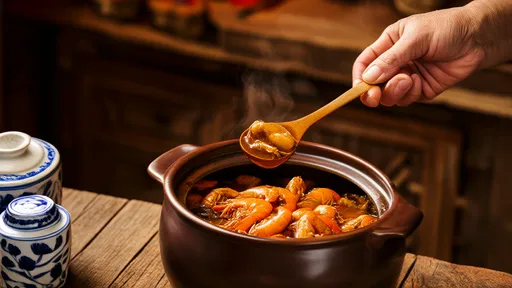
By /Aug 11, 2025
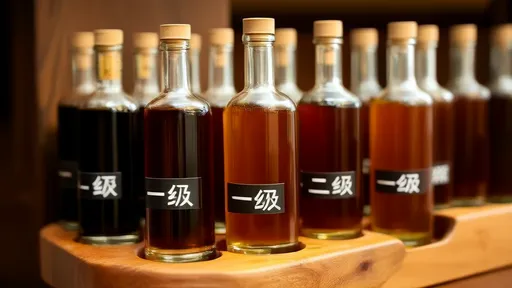
By /Aug 11, 2025
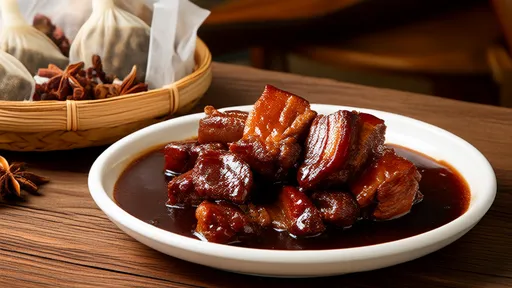
By /Aug 11, 2025
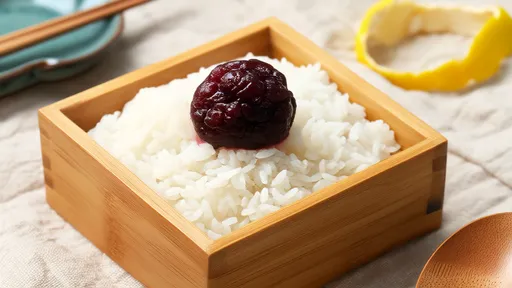
By /Aug 11, 2025

By /Aug 11, 2025

By /Aug 11, 2025
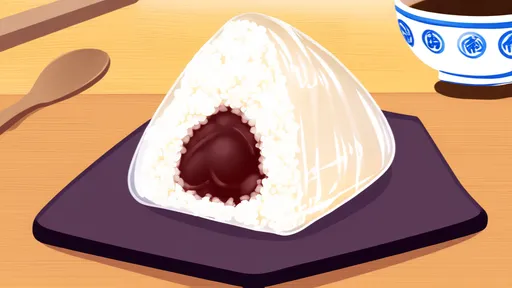
By /Aug 11, 2025

By /Aug 11, 2025

By /Aug 11, 2025

By /Aug 11, 2025

By /Aug 11, 2025
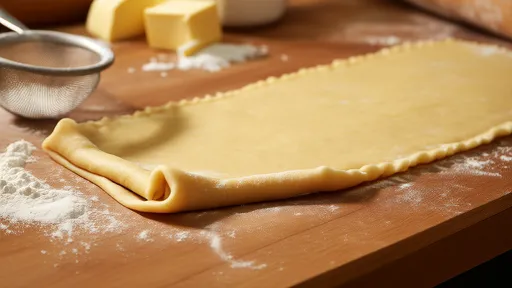
By /Aug 11, 2025
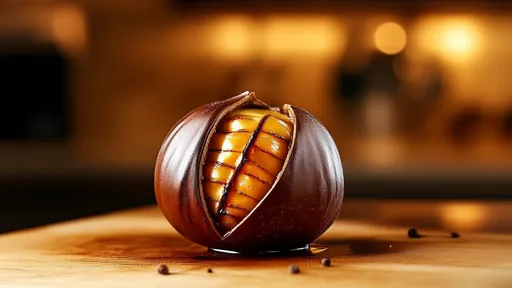
By /Aug 11, 2025

By /Aug 11, 2025

By /Aug 11, 2025
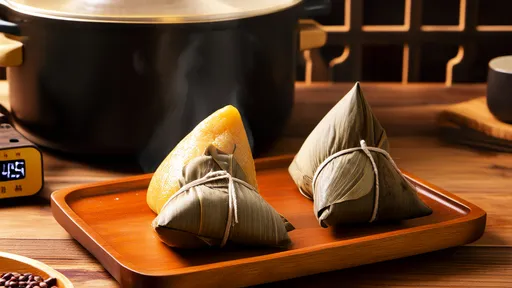
By /Aug 11, 2025
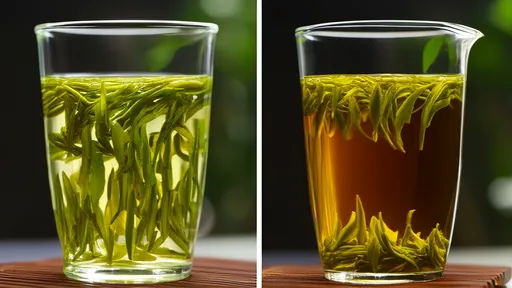
By /Aug 11, 2025

By /Aug 11, 2025

By /Aug 11, 2025

By /Aug 11, 2025